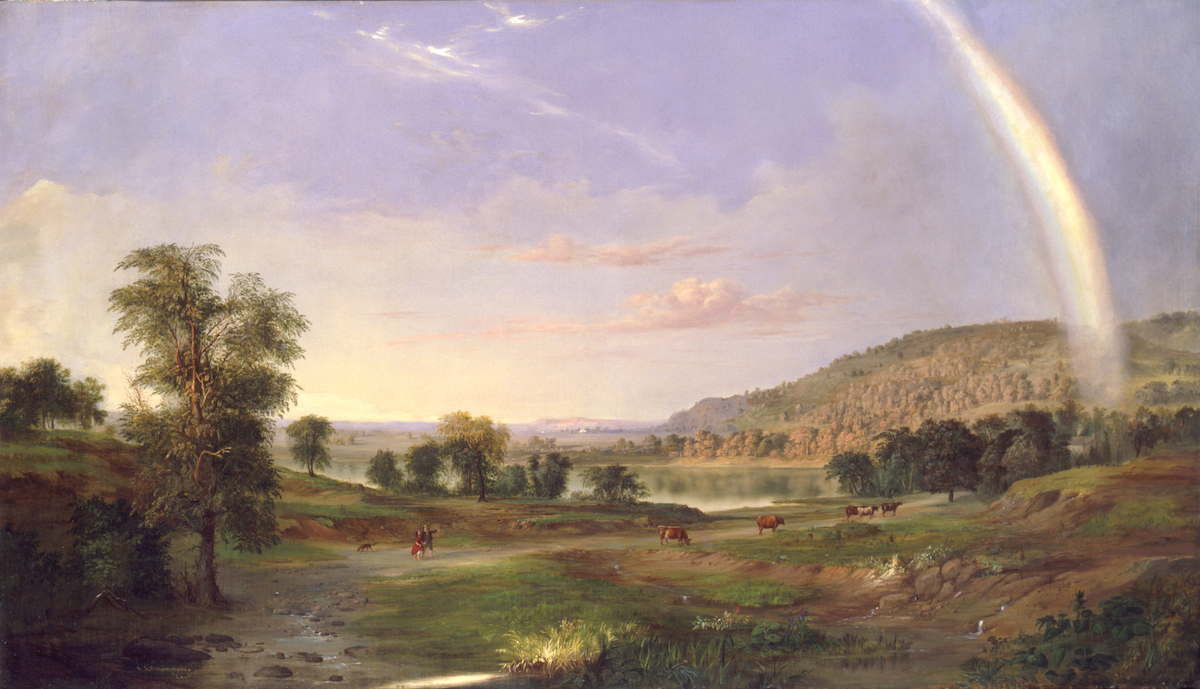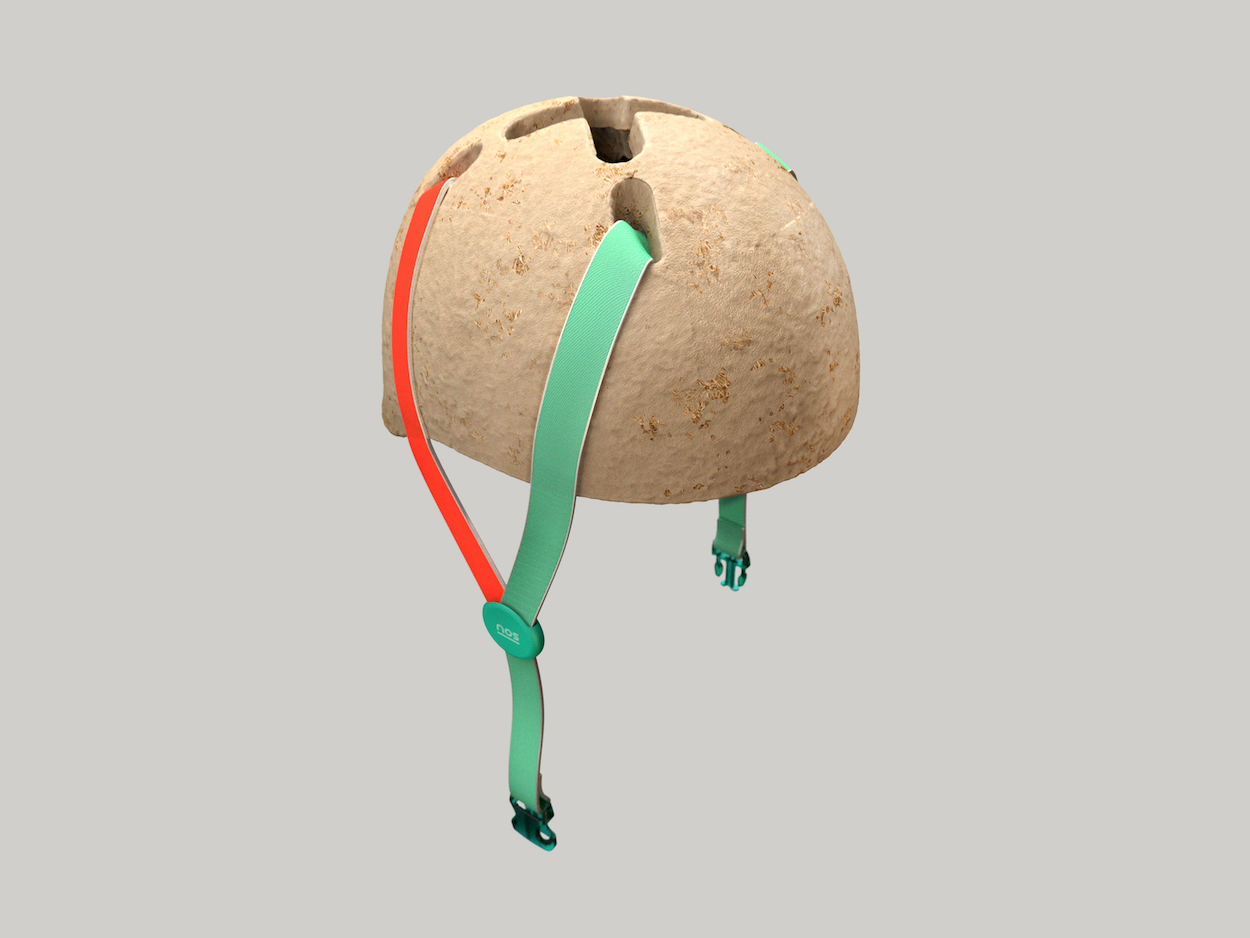The Design Dispatch offers expertly written and essential news from the design world crafted by our dedicated team. Think of it as your cheat sheet for the day in design delivered to your inbox before you’ve had your coffee. Subscribe now.
Have a news story our readers need to see? Submit it here.
A painting by Robert S. Duncanson was chosen for the U.S. Capitol gift-giving ceremony.
A painting by the famous Civil War–era Black artist Robert S. Duncanson was chosen by First Lady Dr. Jill Biden and Senator Roy Blunt for the gift-giving ceremony at the U.S. Capitol rotunda. The time-honored tradition showcased the work Landscape with Rainbow (1859) by the Cincinnati artist, who was popular among abolitionists that bought his paintings and sponsored his trip to Europe to study the Old Masters. Donated by the Smithsonian American Art Museum, the landscape scene features a youthful couple strolling through fertile pastures towards a house at the end of a rainbow. Among them, cattle head home toward the cottage, symbolizing a harmonious union with humans and nature. This kind of rural paradise was typical for Duncanson, who immortalized America’s late hope for peace before the Civil War. Following suit, Dr. Biden said: “I like the rainbow, good things to follow.”
Joe Biden immediately rejoins the Paris Agreement and cancels the Keystone XL Pipeline.
As one of his first actions in office, President Joe Biden has rejoined the Paris Agreement and rescinded the construction permit for the controversial Keystone XL Pipeline. He’s also begun the process of reinstating more than 100 environmental regulations that were reversed under the Trump administration. “We’re going to combat climate change in a way we have not before,” Mr. Biden said before signing the executive orders, though he cautioned more work remains to be done. “They are important but we’re going to need legislation for a lot of the things we’re going to do.” That might prove difficult given Democrats’ razor-thin majority in the Senate, but the executive orders are a solid first step in realizing the country’s ambitious target to eliminate carbon emissions from the electric power sector by 2035 and the entire economy by 2050, goals aligned with the UN’s climate science report that calls for net zero global emissions. Expect more legislation to come: Biden has already directed federal agencies to review Trump-era decisions “that were harmful to public health, damaging to the environment, unsupported by the best available science, or otherwise not in the national interest.”
In a final executive order, Trump reveals plans to build a national sculpture garden.
In one of his final acts in office, former (!) president Donald Trump has issued an executive order naming the notable figures that will be honored in his National Garden of American Heroes. Trump proposed the sculpture garden in response to growing calls to reevaluate public monuments that honor Confederate leaders and slave owners, many of which were damaged or toppled during this past summer’s Black Lives Matter protests. The garden, which currently has no funding or location, will honor figures with a wide range of accomplishments in film, science, religion, politics, sports, and art, among other fields. Current names include Thomas Edison, George Washington, Helen Keller, Mark Twain, Rosa Parks, and Kobe Bryant. The project isn’t without detractors: “No president of the United States or federal government has any business dictating us citizens who our historical heroes should be,” historian Michael Beschloss told Axios. “This is not Stalin’s Russia.”



